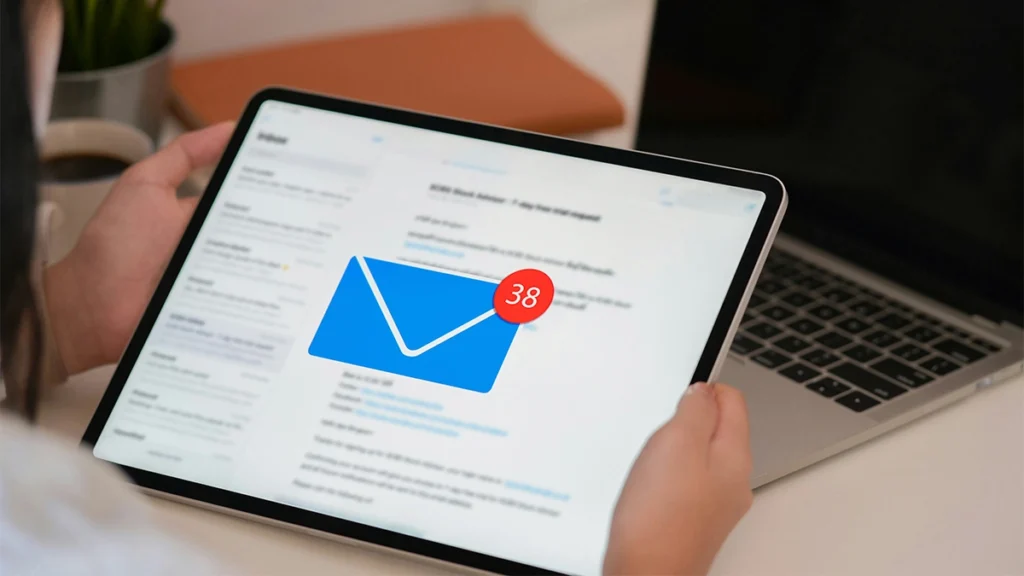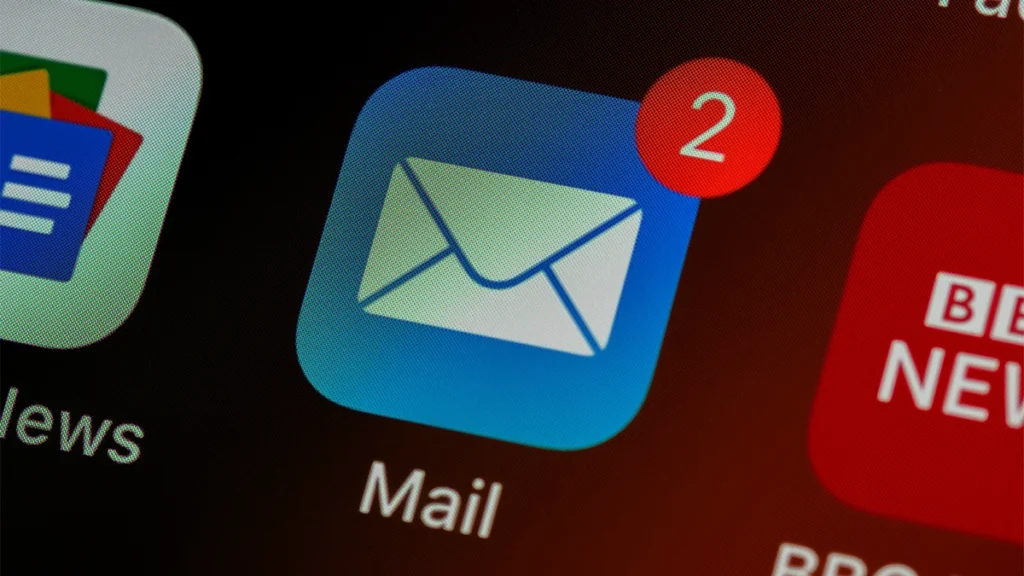Growing an email list is one of the most effective ways to build stronger relationships with customers, nurture leads, and ultimately increase sales.
However, in the UK, there is a catch: you cannot just add people to your list without their permission. With GDPR and PECR regulations in place, many small businesses and startups worry about making mistakes that could lead to fines. The good news is that there are plenty of legal, ethical, and highly effective ways to grow your email list.
In this guide, we’ll walk you through practical, GDPR compliant email list growth UK strategies that will keep your marketing efforts on the right side of the law while helping you attract engaged subscribers.
Why Compliance Matters for UK Businesses
Email marketing remains a powerful tool, but it only works if people want to hear from you. GDPR (General Data Protection Regulation) and PECR (Privacy and Electronic Communications Regulations) exist to protect individuals from spam and misuse of their personal data. For businesses, this means:
- You need explicit consent before sending marketing emails (except in a few special cases like ‘soft opt-in’).
- You must clearly explain how you’ll use someone’s data.
- People should be able to unsubscribe easily at any time.
When you take compliance seriously, not only do you avoid penalties, but you also build trust with your audience. And trust translates into stronger engagement and better results.
Key Principles of GDPR Compliant Email List Growth UK
Before we dive into strategies, let’s look at the rules you need to follow when growing your email list:
- Consent First – Never add someone to your list without their permission.
- Transparency – Tell people exactly what they’re signing up for.
- No Hidden Tricks – Pre-ticked boxes, vague language, or forced consent are not allowed.
- Easy Opt-Out – Subscribers should be able to leave your list at any time.
When you keep these principles in mind, every tactic you use will sit comfortably within UK law.
Proven GDPR Compliant Strategies to Grow Your Email List
Let’s break down the best ways to build your subscriber base legally and effectively.
1. Use Lead Magnets That Offer Real Value
People are more likely to give their email address when they get something useful in return. A lead magnet could be:
- A free guide or eBook
- A checklist or template
- An exclusive discount or promotion
- Access to a webinar or workshop
Make sure your sign-up form clearly states that subscribers will also receive emails from you, not just the free resource.
2. Optimise Your Website Forms
Your website is often the first place someone interacts with your business. Add sign-up forms in visible and relevant places:
- Homepage banners
- Blog post footers
- Pop-ups (used sparingly and with a clear close option)
- Checkout or booking pages
Always include a short note explaining what people can expect from your emails. For example: “Join our list to receive monthly tips, news, and offers. We’ll never spam you, and you can unsubscribe at any time.”
3. Leverage the ‘Soft Opt-In’ Rule (Carefully)
In the UK, you can sometimes email customers without explicit consent if:
- They bought something from you (or were close to buying).
- You gave them a clear chance to opt out at the time of purchase.
- The emails are about similar products or services.
This is called the ‘soft opt-in’. While useful, don’t rely on it as your only strategy. Being upfront with a proper opt-in process usually leads to more engaged subscribers.
4. Create Exclusive Content for Subscribers
Offer something that people can’t access unless they join your list. For example:
- Members-only discounts
- Early access to new products
- VIP content, such as behind-the-scenes updates
This approach makes subscribing feel like joining a community rather than simply signing up for marketing emails.
5. Run Contests and Giveaways (the Right Way)
Competitions can generate a surge of new sign-ups, but they need to be structured correctly. Make it clear that by entering, participants agree to receive marketing emails. Avoid the temptation to buy email lists or scrape addresses, as this is not legal or effective.
6. Build Social Media Into Your Email Growth Strategy
Your followers on social media already like your brand, making them excellent candidates for your email list. Share exclusive offers or content only available through email. Promote your newsletter in posts, stories, and even your bio.
Consider creating short videos or graphics highlighting what subscribers get by joining.
7. Make the Sign-Up Process Mobile-Friendly
Many people will interact with your brand through their phone, so your forms should be easy to complete on small screens. Keep forms short — usually just name and email address work best. Overly complicated forms can put people off.
8. Use Content Marketing to Attract Subscribers
Blog posts, case studies, and guides can drive organic traffic to your website. Once visitors are there, offer them relevant opportunities to subscribe. For example:
- A blog about healthy recipes could include a “Join our newsletter for weekly meal ideas.”
- A web design guide might end with “Subscribe for more tips on improving your website.”
By matching your sign-up call to the content they’re already interested in, you’ll increase conversions.
9. Double Opt-In for Extra Trust
Although not legally required, using a double opt-in system (where someone confirms their subscription by clicking a link in an email) shows commitment and prevents spam sign-ups. It also strengthens your compliance position.
10. Be Consistent With Your Emails
Once people sign up, keep your promises. If you said you’d send monthly updates, don’t suddenly start emailing every few days. Consistency helps maintain trust and keeps unsubscribe rates low.
Common Mistakes to Avoid
Even with the best intentions, it’s easy to slip up. Here are some pitfalls to steer clear of:
- Buying or renting email lists.
- Adding people without consent (even if you met them at an event).
- Using vague wording like “Sign up for updates” without explaining what updates mean.
- Making it hard to unsubscribe.
Remember: quality always beats quantity. A smaller, engaged, and legally obtained list will perform far better than a large but uninterested audience.
What Happens If You Don’t Stay GDPR Compliant?
Hefty Fines
- The Information Commissioner’s Office (ICO) enforces GDPR in the UK.
- Breaches can lead to fines of up to £17.5 million or 4% of annual global turnover (whichever is higher), depending on the severity.
- Even smaller cases (like failing to get proper consent) can result in thousands of pounds in penalties.
Legal Action from Individuals
- Customers have the right to complain or take legal action if their data is misused.
- A single complaint can trigger an ICO investigation.
Reputational Damage
- Being known for spammy practices or data misuse destroys trust.
- Once customers lose confidence, it’s very hard to win them back.
Loss of Deliverability
- Email providers (like Gmail and Outlook) track how recipients interact with your emails.
- If too many people mark your emails as spam, your messages may stop reaching inboxes altogether.
Wasted Resources
- Sending emails to people who never consented usually means low engagement and high unsubscribe rates.
- This wastes your time, marketing spend, and effort.
Quick GDPR Compliance Checklist for Email Marketing (UK)
If you can confidently answer “yes” to all of the below, your email marketing practices are likely GDPR compliant.
- Consent
- Have you obtained explicit permission from everyone on your list?
- Are you avoiding pre-ticked boxes or vague consent forms?
- Transparency
- Do your sign-up forms clearly explain what subscribers will receive?
- Do you specify how often they’ll get emails?
- Purpose Limitation
- Are you only using data for the purpose stated at the point of collection?
- Are you avoiding sending unrelated marketing emails?
- Easy Opt-Out
- Can subscribers easily unsubscribe in every email?
- Are unsubscribe requests processed promptly?
- Data Storage & Security
- Is personal data stored securely (password-protected, encrypted, or otherwise safeguarded)?
- Do you limit access to only those who need it?
- Record Keeping
- Do you keep records of when and how consent was obtained?
- Can you prove compliance if asked by the ICO?
- Third-Party Tools
- Are any email marketing platforms or integrations GDPR-compliant?
- Do you have contracts with third-party processors to ensure they follow GDPR rules?
- Soft Opt-In Rules (if used)
- Are you only contacting previous customers with relevant offers?
- Did you provide a clear chance to opt out at the time of purchase?
Final Thoughts
Growing your email list in the UK doesn’t have to feel complicated. By focusing on GDPR compliant email list growth UK strategies, you’ll avoid legal issues while building a high-quality subscriber base that actually wants to hear from you.
For small businesses and startups, the key is to keep things simple: be transparent, offer value, and always respect your audience’s choice. The result will be a list that drives real business growth and builds long-term trust.


